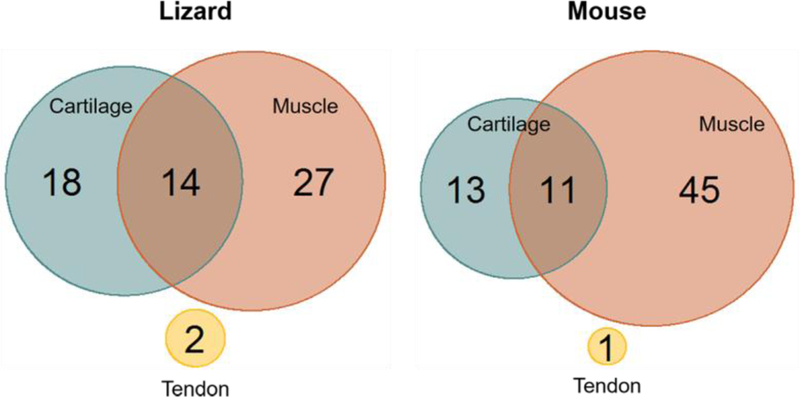Figure 3. Comparison of highly differentially ranked musculoskeletal genes.
A comparison of the functions of genes whose rank fell between 1 and 5,000 (top 20%) for lizard and mouse satellite cells. In lizard cells 44.3% of the genes were involved in skeletal muscle development and differentiation, whereas in mouse cells this was 63.4% of the top ranked genes. Cartilage specific genes were expressed in both populations, 29.5% and 18.3% of top ranked lizard and mouse genes, respectively. There are genes that have roles in both skeletal muscle and cartilage development and they represented 23% of lizard and 15.5% of mouse genes. Both cell types expressed a limited number of tendon specific genes at high levels. These data indicated that genes with the highest level of expression in lizard satellite cells represent fewer myogenic genes and an increase in genes involved in chondrogenesis.

